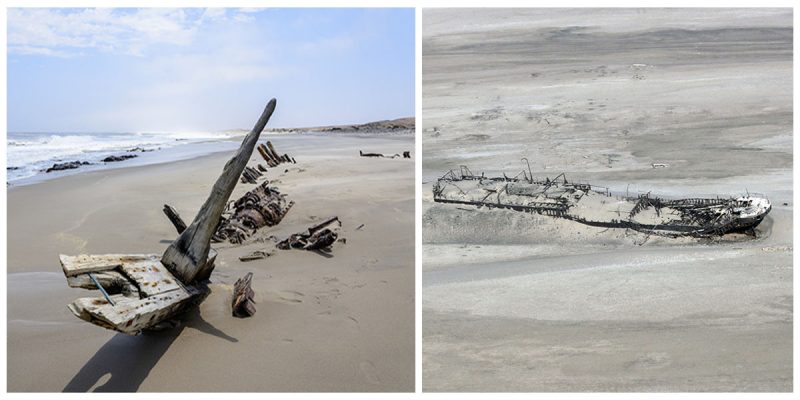Considered one of the most infamous stretches of coastline along the west coast of Africa, the Skeleton Coast of Namibia stretches from the Ugab River in the south to the Kunene River and the border with Angola in the north. With the sun-bleached bones of whales and seals and the hulks of dead ships rising from the sand, the entire coastline is so utterly different from anywhere else in the world.
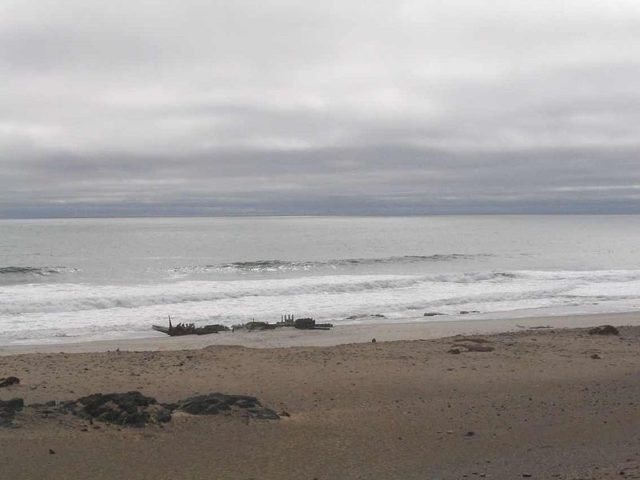
As one of the world’s most inhospitable waterless areas, it receives its name from the rusting skeletons of hundreds of ships that met their doom in the heavy fog and rocks offshore. Many of the wrecks are completely destroyed by the sun and salty sea air, but a few are visible and can be seen up close.
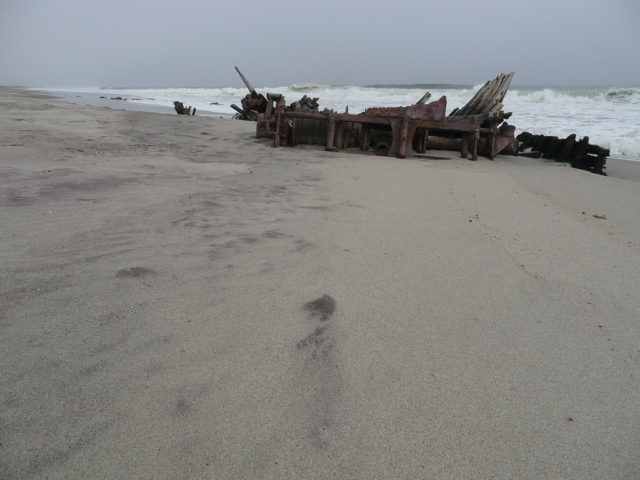
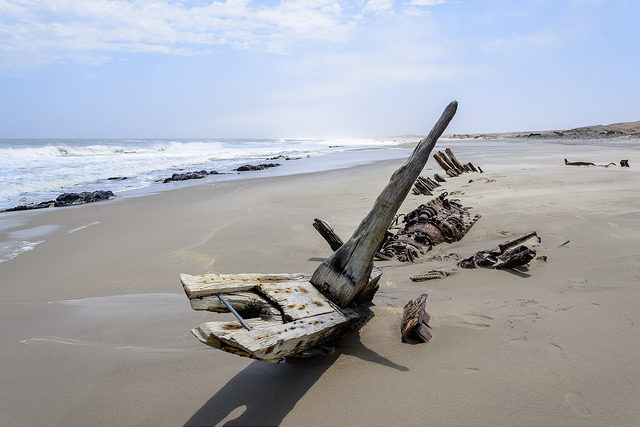
The Portuguese seafarers who explored this area in the 15th century and called it As Areias do Inferno (The Sands of Hell), as once a ship washed ashore, the fate of the crew was sealed. The Skeleton Coast’s rough seas, roaring winds and strong ocean currents are primarily responsible for many of these beached ships’ fate.
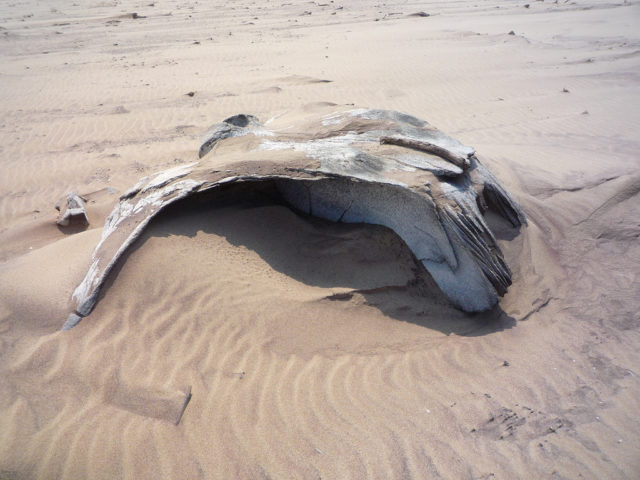
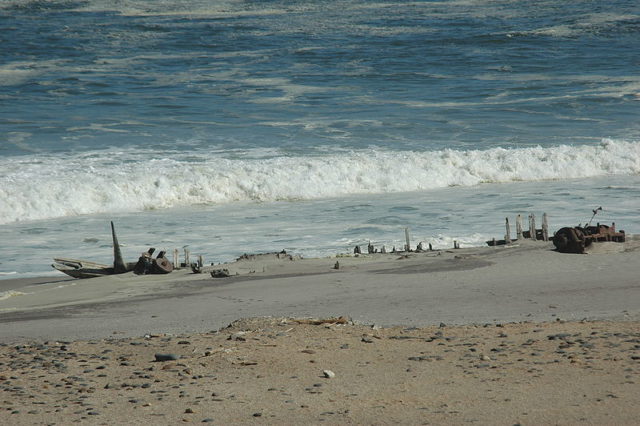
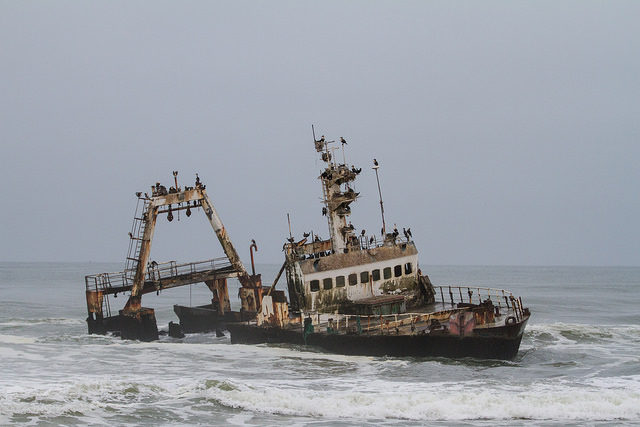
The eerie shipwrecks include: the Suiderkus (1976), a relatively modern fishing trawler; The Dunedin Star (1942), a British Blue Star liner; The South West Seal (1976), a 90-ton South African fishing vessel and the most famous shipwreck in Namibia; and the Edouard Bohlen (1907), a 2,272 gross ton cargo ship with a length of 310 feet.
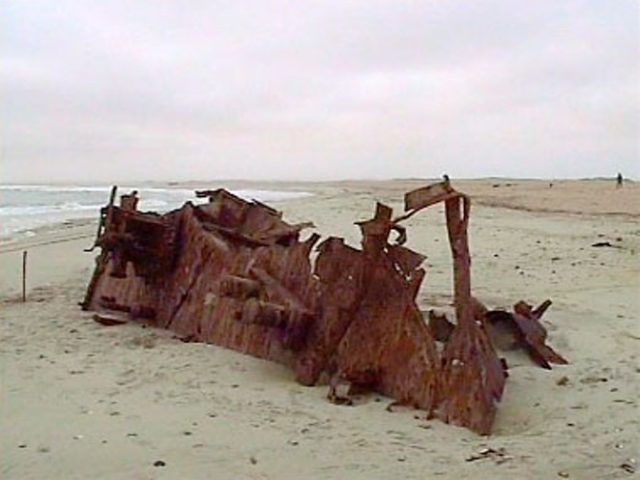
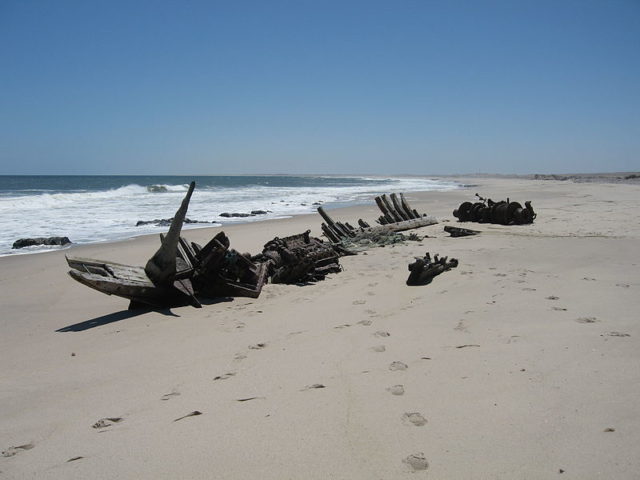
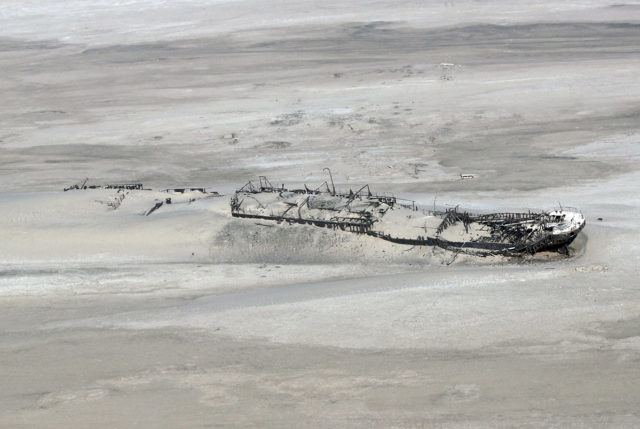
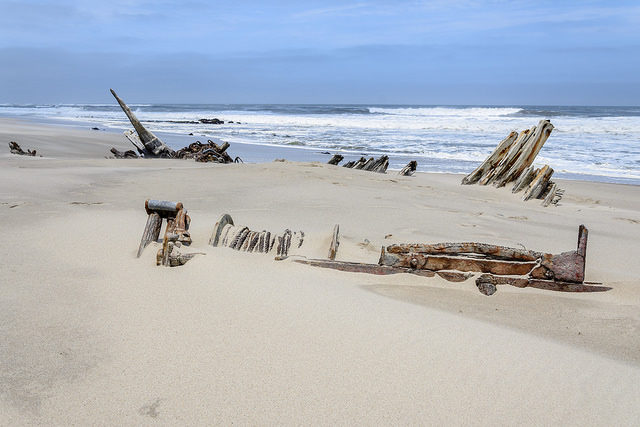
Since 1973, it has been protected as the Skeleton Coast National Park, an area of 16,000 square kilometers which is the third-largest National Park of Namibia.
